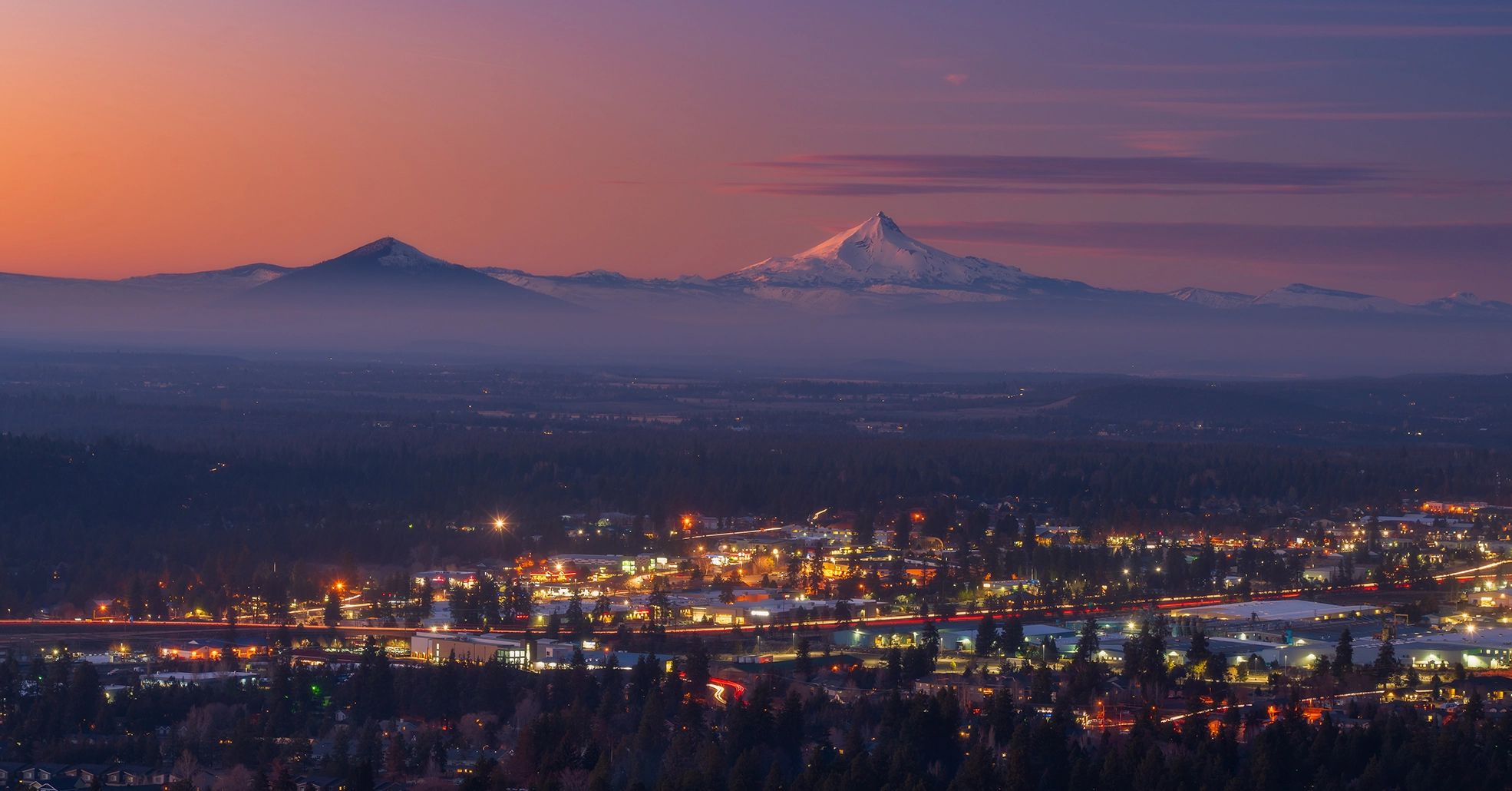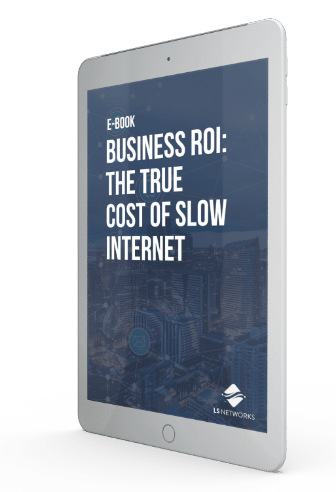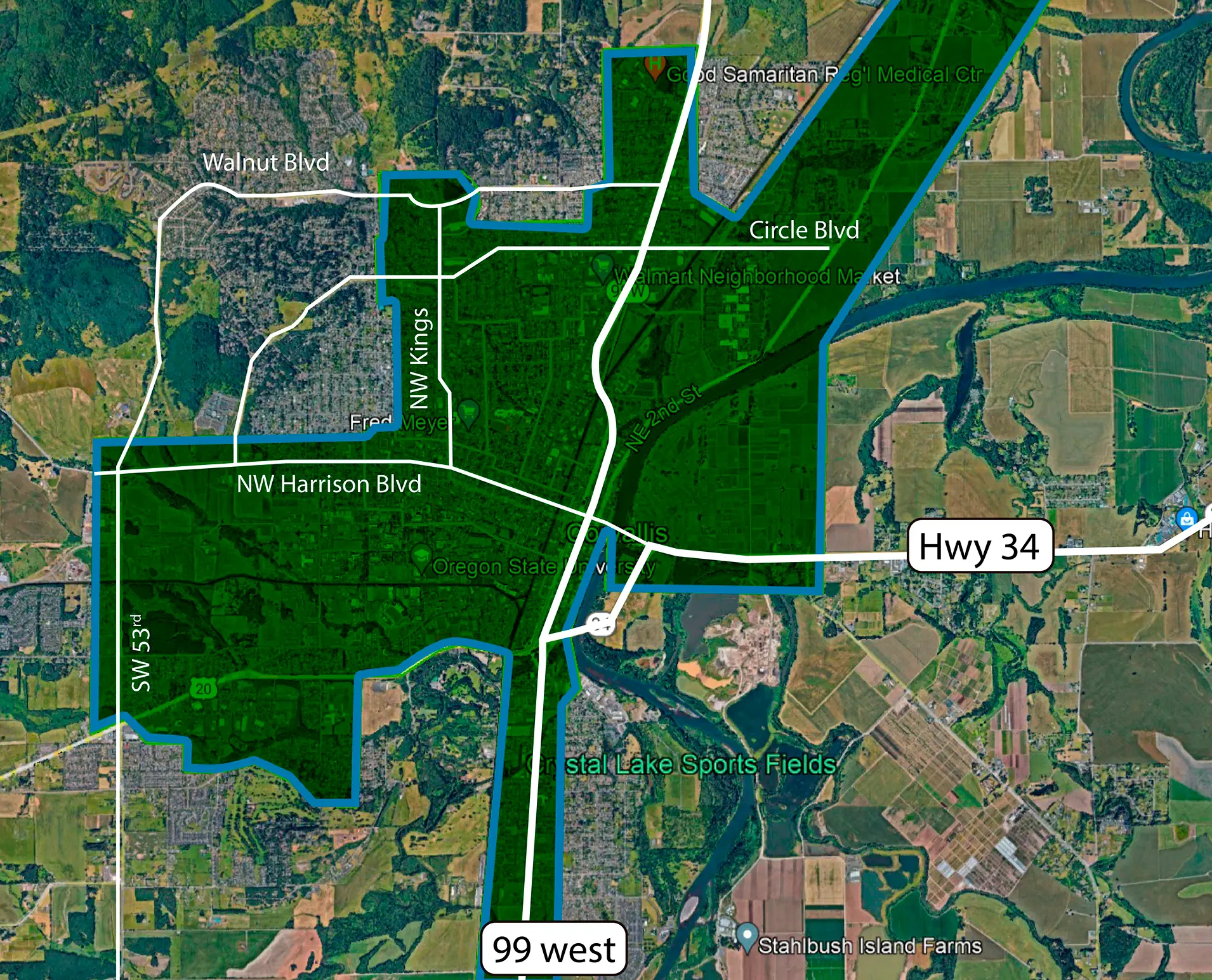Economic issues influence aspects of our everyday lives, ranging from tax, inflation, and interest rates to energy and the environment. Rural communities in particular face numerous challenges due to demographic changes, workforce development, capital access, infrastructure, health, land use and environment, and preservation.
Although there is no one-size-fits-all economic development strategy for rural communities, there are foundational elements that can foster a successful economy—and internet connectivity is one of these crucial components. In this blog, learn how fiber internet enables rural community leaders to pull together important components of a healthy economy so their community can flourish.
Rural Broadband
93% of American adults use the internet, with states pursuing internet access and increased broadband speeds so that rural Americans aren’t left behind. States understand that broadband internet can serve as the backbone of economic development in rural communities and is a top reason that people move into a community. That’s why in 2019, state legislatures introduced over 100 bills on rural broadband, with 23 of those bills being enacted or adopted.
Although other top reasons people move into a community include education quality, affordable housing, job opportunities—which all strengthen the local economy—the benefit of prioritizing broadband internet is that it supports these initiatives.
Recent investments in broadband infrastructure have demonstrated significant economic benefits for rural communities. For instance, Australia’s National Broadband Network (NBN) upgrades are projected to increase GDP by $10.4 billion and support 10,000 jobs over the next decade.
Fiber is a type of internet connection that uses light waves instead of electrical signals to transmit data, allowing users to access data and applications stored in the cloud about 20 times faster than traditional broadband. Fiber Internet is also more reliable than cable internet because the cables are physically stronger than copper and therefore more resilient to difficult weather conditions as well as human and electrical interference. Furthermore, fiber Internet is consistently fast, even when there are surges in usage.
Education
Fiber internet improves education in rural areas for numerous reasons. In rural communities, students often struggle with a lack of access to quality reading materials and instruction at a young age, especially in preschool. Schools that have access to fiber Internet can provide students with faster and more reliable access to valuable resources and information. For example, teachers can incorporate digital learning materials into their lessons to make them more interactive and engaging without worrying about these tools lagging. In addition, fiber Internet can connect rural students to accelerated courses, such as AP classes, that are typically available in urban or suburban school districts.
Innovation & Business Growth
Fiber internet plays an important role in creating economic opportunities for small businesses, especially in rural areas. Researchers have found a connection between technology innovation and economic prosperity: a World Bank study of 120 nations between 1980 and 2006 found that each 10% increase in broadband penetration adds 1.3% to a country’s gross domestic product. High-speed internet allows rural communities to compete for jobs that they otherwise wouldn’t be able to by providing access to digital tools such as video conferencing, social media, analytics, marketing, and much more.
Fiber internet can also promote innovation and entrepreneurship, both of which play crucial roles in the economies of many communities. Entrepreneurs start businesses and provide jobs, and fiber internet allows them to stay connected even when they’re on the go. Innovation empowers higher productivity by solving problems, allowing more goods and services to be produced. And, with fiber internet, everyone can work at the fastest speeds and businesses can be reliably available to customers.
A 2024 study by the Center on Rural Innovation (CORI) revealed that rural counties with broadband adoption rates exceeding 80% experienced 213% higher business growth compared to those with lower adoption rates. The study also found a 10% increase in self-employment growth in these communities, highlighting how robust broadband access fosters entrepreneurship and attracts business investments.
Quality of Life
With over 9 in 10 of American adults using the Internet, online access is no longer a nice-to-have but a necessary tool for modern life. Some even consider it to be a basic human right. Studies show that older adults who began using the internet felt more satisfied with life. This is likely because Internet connectivity allows for increased social networking so people can connect with their loved ones no matter where they’re located. The internet also improves leisure and recreational life by letting people stream their favorite television shows, access information about their interests, discover new ideas, and much more.
The CORI study from 2024 indicated that rural counties with high broadband adoption saw an 18% increase in per capita income growth, amounting to nearly $500 per person annually. This income boost contributes to improved living standards, better access to services, and increased opportunities for residents, underscoring the importance of broadband in fostering resilient and thriving rural communities.
However, be aware that connecting to the internet with a dial-up connection takes much longer than with fiber internet. Dial-up internet access also has a page loading speed so slow that the experience of being online is severely disrupted. Even with traditional broadband Internet, users will experience slower speeds as people connect during peak times. However, with fiber Internet, no one will experience long lags or disruptions while they’re watching their favorite cooking show , downloading a new e-book, or video chatting with their family from across the world.
Meet LS Networks
LS Networks is proud to provide lightning-fast connectivity to rural communities in the Pacific Northwest. With speeds up to 100 Gbps, our symmetrical Fiber Internet service will help support your connectivity needs.
Interested? Contact your LS Networks representative to find out how to partner on grant opportunities. You don’t have to be in a big city to embrace a big idea.








